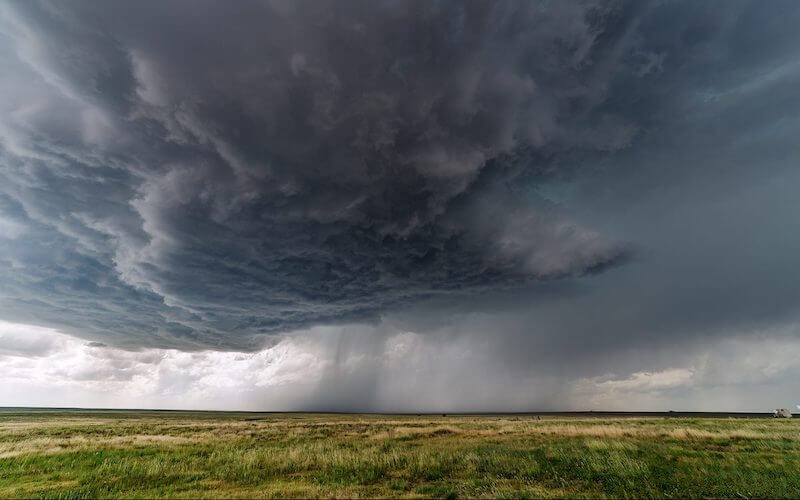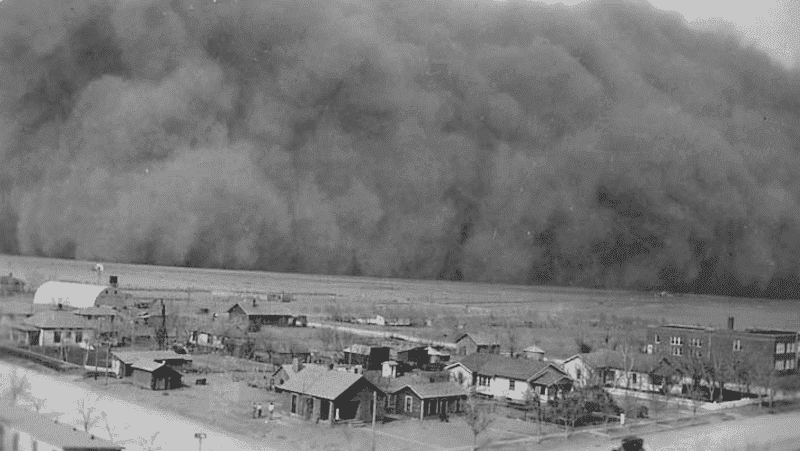The Power of Trees: Influencing Weather and Restoring Rain Belts
Climate change represents one of the most profound difficulties confronting our planet currently, and its influences are already noticeable worldwide. Altered rainfall patterns stand as one of the most evident manifestations of climate change, leading to substantial disturbances in agriculture, water supplies, and ecosystems. This article will delve into various instances of shifting rainfall patterns globally, ranging from the rain belt's displacement from the grain belt in Western Australia to the severe drought in the southwestern United States.
Western Australia, Changing Rainfall Patterns
Western Australia stands as one of the regions profoundly impacted by shifting rainfall patterns. Over the previous decades, the area has witnessed a substantial decrease in rainfall, which has consequently resulted in a downturn in agricultural yield. The rain belt has shifted from the traditional grain belt in Western Australia to the desert in the interior of the continent. This transition has brought about a decrease in wheat output, a crop that has served as a cornerstone of Western Australia's economy for a considerable period. The altered precipitation trends have also caused many rivers and lakes in the area to dry up, leading to water scarcity and a reduction in the region's biodiversity.
The Desert Southwest: Drought, Wildfires, and Climate Change
The desert southwest has been gripped by an intense mega-drought lasting more than a decade, impacting various states like Arizona, New Mexico, and California. This drought arises from a mix of elements, including increased temperatures and shifting rainfall trends. The area has witnessed a substantial reduction in rainfall, resulting in decreased agricultural productivity and water scarcities. The prolonged drought has additionally escalated wildfire incidences, leading to the destruction of millions of acres of forest and posing threats to the lives and means of subsistence of thousands of individuals.
The desert southwest has been gripped by an intense mega-drought lasting more than a decade, impacting various states like Arizona, New Mexico, and California. This drought arises from a mix of elements, including increased temperatures and shifting rainfall trends. The area has witnessed a substantial reduction in rainfall, resulting in decreased agricultural productivity and water scarcities. The prolonged drought has additionally escalated wildfire incidences, leading to the destruction of millions of acres of forest and posing threats to the lives and means of subsistence of thousands of individuals.
The Dust Bowl: A Historic Look at Changing Rainfall Patterns
The Dust Bowl of the Dirty Thirties is another example of the devastating impact of changing rainfall patterns. The Dust Bowl represents a grave environmental catastrophe that transpired in the Great Plains area of the United States throughout the 1930s. The region experienced a prolonged drought, combined with high winds and poor soil conservation practices. This event triggered enormous dust storms that devastated crops, led to the death of livestock, and compelled thousands of individuals to abandon their residences in pursuit of employment and refuge.
When Oceans Receive More Rain Than Land
In recent times, there has been a noticeable trend where rainfall is more prevalent over oceans than on land, a pattern anticipated to persist as global climate undergoes transformation. This phenomenon carries substantial consequences for agriculture, water supplies, and ecosystems. As rainfall patterns change, entire regions of grain crops are being uprooted, causing food shortages and economic disruption.
In China, changing rainfall patterns have resulted in barely any rainfall falling anymore in some areas. This trend is leading to significant water scarcity, crop failures, and social unrest. The Chinese government has initiated an aggressive water preservation scheme to tackle this issue, yet it remains uncertain if these measures will sufficiently alleviate the repercussions of fluctuating rainfall patterns. These shifting rainfall patterns stand as one of the most tangible and significant effects of climate change. The instances explored in this article underscore the destructive impact these changing patterns can impose on agriculture, water resources, and ecosystems. As global warming, persists, we are likely to witness more extreme weather phenomena, such as droughts, floods, and hurricanes, which will intensify the impact of changing rainfall patterns. It's crucial that we act now to mitigate the consequences of climate change, ensuring that future generations do not endure the current experiences.
Harnessing the Power of Forests to Alter Weather Conditions
Large swaths of forests, home to millions of trees, have the potential to influence weather conditions and modify rainfall patterns. The Growing To Give forest initiative aims to restore rain belts to their former locations over agricultural regions worldwide that have been severely impacted by climate change.




.png)
.png)
.png)

.png)